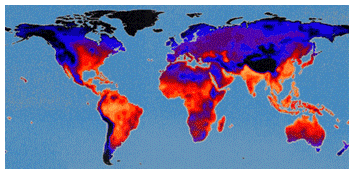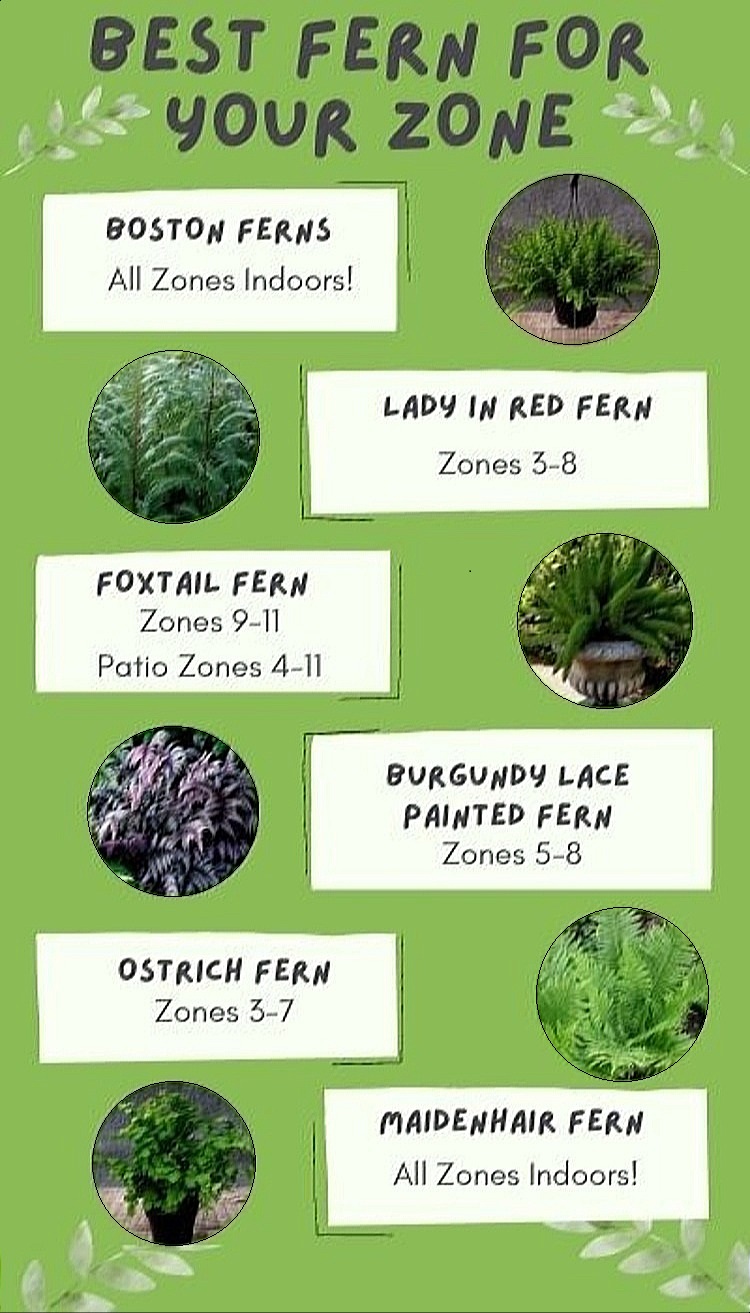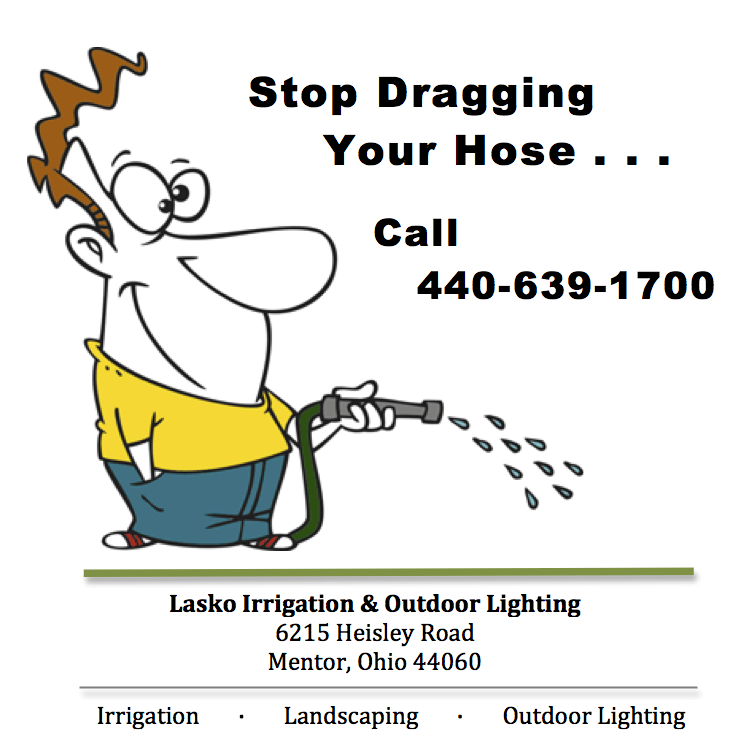Expanding Your Inventory to
Accommodate Warmer Regions
The USDA’s new Plant Hardiness Zone Map (PHZM) indicates that southern environmental conditions are creeping north.
Many Ohioans may now be able to enjoy plants that would not have thrived previously, while still retaining those that require cooler temperatures. Some areas of the state could also start to see an influx in pollinators.
As a green industry contractor, what changes (if any) should you make to your plant inventory to accommodate these zone changes? Let’s examine some of the most popular flora for each of Ohio’s planting zones.
Zone 5b
There is only one remaining patch of Zone 5b across the state. Located in northeastern Knox County, this zone has a minimum average temperature between -4 and -14 degrees Fahrenheit. Popular plants and perennials that thrive in Zone 5 include:

Ohio’s Future Landscape
Long-term climate change models indicate that, by 2030, Ohio summers may become similar to current summer weather conditions in southwestern Kentucky. And Ohio winters will likely mimic current winter conditions in southern Virginia.
By 2095, summer weather in Ohio will be similar to that currently experienced in Arkansas, with winters in Ohio similar to those in southern North Carolina. Depending on the accuracy of these models, the descendants of today’s Ohioans will be cultivating very different plants in their landscapes.
Source: The Columbus Dispatch
- Apple trees
- Lilacs
- Dogwoods
- Lilies
- Hostas
- Hollyhock
- Coneflower
- Lavender
- Peonies
Zones 6a and 6b
Ohio still falls almost entirely within Zone 6. Most of the central region and areas to the northeast and northwest remain in Zone 6a.
However, Zone 6b is significantly larger now, encompassing much of southern Ohio. Average minimum temperatures in this warmer zone range from -5 to zero.
Zone 6 can be challenging, as it is vulnerable to extremes at both ends of the thermometer. For example, using Zone 5 plants in Zone 6b is not always advisable. While they’ll be exceptionally winter-hardy, they may not survive the summer heat.
Popular Ohio plants for Zones 6a and 6b include:
- Shasta daisies
- Sedge
- Roses
- Butterfly bush
- Hydrangea
- Muhly grass
- Flowering cherry trees
- Crape myrtle
- Japanese maple
Zone 7a
Ohio’s newest plant hardiness region, Zone 7a, includes a narrow swath of Greater Cleveland just inland from Lake Erie and the southernmost tip of the state.
Landscaping companies located within this zone would be wise to offer their customers a variety of flora that will now thrive in the state’s warmest areas. Here are some species you’ll want to consider:
- White giant and panache calla lily
- Angels’ earrings cascading fuchsia
- Basjoo banana tree
- Spineless prickly pear
- Jack’s giant, coal miner, and black beauty elephant ear
- Morning sun and snowcap cast iron plants
- Blue oak, Teresa’s Texas, Jerusalem, and lipstick Texas sage
- Hypearl compact red St. John’s wort
- Eco Easter Japanese evergreen iris
- White-top star sedge
- Elizabeth Lawrence butcher’s broom
- Chusan hardy windmill palm
- Wright’s Texas firecracker
- Variegated glorious soapwort
- Gemmiferous spikemoss
–Article Continues Below–

Beyond Plant Hardiness Zones
Of course, plant hardiness is only one factor to consider when designing a landscape. Microclimate variables, such as drainage and sun exposure, can shift a landscaping area more than half a zone.
It’s also important to remember that the new Plant Hardiness Zone Map is based on the AVERAGE annual minimum winter temperature from 1991 to 2020. Dramatic temperature fluctuations will still occur. Other environmental factors, such as chill hours (number of hours each year below 45 degrees Fahrenheit), also matter.
So, it’s best to regard the new PHZM as a means of assessing future risk—just one instrument in the green industry professional’s toolbox.
Sources:
Featured Image: Adobe, License Granted
Plant Delights
WVXU
Cincinnati Enquirer







Trackbacks/Pingbacks